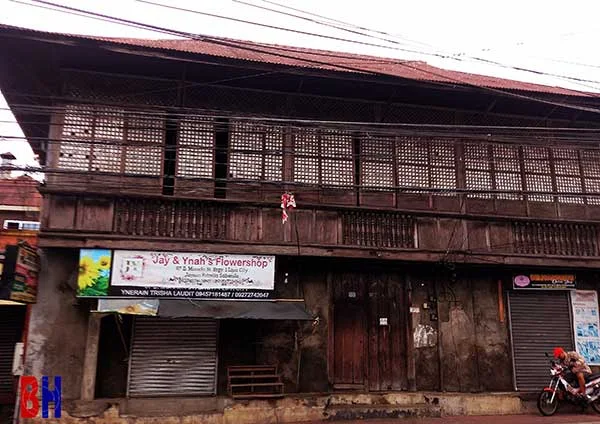The Heritage Home in Lipa City where Jose Rizal Allegedly Used to Stay
There is, in the barrio of Mataasnalupa in Lipa City, Batangas, this Spanish colonial era bahay-na-bato1 where, according to the Macasaet clan oral history, national hero Jose Rizal used to frequent in his pursuit of his first-love, Lipeña Segunda Katigbak. Family folklore, of course, is not to be taken at face value.
Rizal was a fresh 16-year old graduate from the Ateneo Municipal when he first laid eyes on Katigbak in a district called Trozo2 in Manila. She was the sister of Rizal’s friend and classmate Mariano Katigbak3 and was 14 years old at the time.
Afterwards, Rizal was said to have frequently visited her at La Concordia College. As an amorous affair, whatever transpired between the two never really prospered. Rizal apparently “failed to propose to her4” because she was already engaged to be married to a Manuel Luz, also of Lipa.
The oral history of the Macasaet clan of Lipa City5, handed down from one generation to the next, has it that the national hero visited Lipa in his supposed pursuit of Segunda and stayed at the house of one Brigido Morada. Whether this alternative history has any substance at all is outside the scope of this article. Readers are nonetheless advised to take it with a grain of salt. It is, after all, family folklore.
At any rate, Morada was a Lipeño intellectual who became friends with Rizal while he was studying at the Central University of Madrid6. He also had a friend named Vicente Macasaet, Sr., who would subsequently become the owner of the house and pass its ownership on to his descendants. Macasaet was supposedly also friends with Rizal.
According to the Macasaet family oral history, whenever Segunda visited relatives who owned another bahay-na-bato just several yards across the road from the Morada house, a telegram would be sent by Brigido and Vicente to alert Rizal of Segunda’s presence.
The courtship — if, indeed it was; and flirtation is probably the more correct word given that Rizal was said to have never formalized his intentions towards Segunda — was done as was typical of the era. That is, the two would converse while Segunda was looking down at Rizal on the street below through an open window on the house’s second floor.
Rizal was said to have visited on more than one occasion, such that a bed was assigned to him by his hosts at the Morada house.
Morada, a mason and considered an enemy of the state by Spanish authorities, would later be arrested, imprisoned and exiled to the island of Fernando Po in what is presently Equatorial Guinea. Ownership of the house would subsequently be turned over to his friend Macasaet, presumably by purchase.
Fortuitously, the house still stands, having seen the Philippine Revolution as well as the Second World War. According to the present owner, only the ceiling has been replaced from the original structure because it had already started to fall off. Otherwise, all the brick walls and pillars, the capiz windows, and even some antique furniture have remained, having witnessed as they did the passing of more than a century of the history of what is now the City of Lipa.
 |
| The rear of the Morada-Macasaet heritage house. The original stone walls have stood the test of time. |
2 Trozo was probably in the vicinity of the Binondo district of Manila, where there was a creek of the same name. “Official Gazette,” published 1910, online at Google Books.
3 “Segunda Solis Katigbak: The charming Lipeña who captivated Rizal’s young heart,” by Renz Katigbak, publication date unstated, online at Herencia de Lipa.
4 “Jose P. Rizal: His Life, Works, and Role in the Philippine Revolution,” by Libert Amorganda Acibo and Estela Galicano-Adanza, published 1995, online at Google Books.
5 As narrated to the writer by Christopher Macasaet and Jenelie Macasaet-Dimaano.
6 “Lipa and the Philippine Revolution: 1896-1899,” by Juanito A. Marquez, a masteral thesis presented to the Ateneo de Manila University, 1969.


